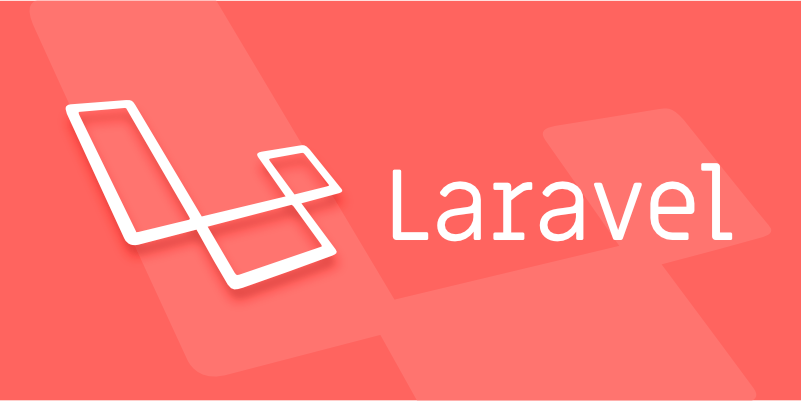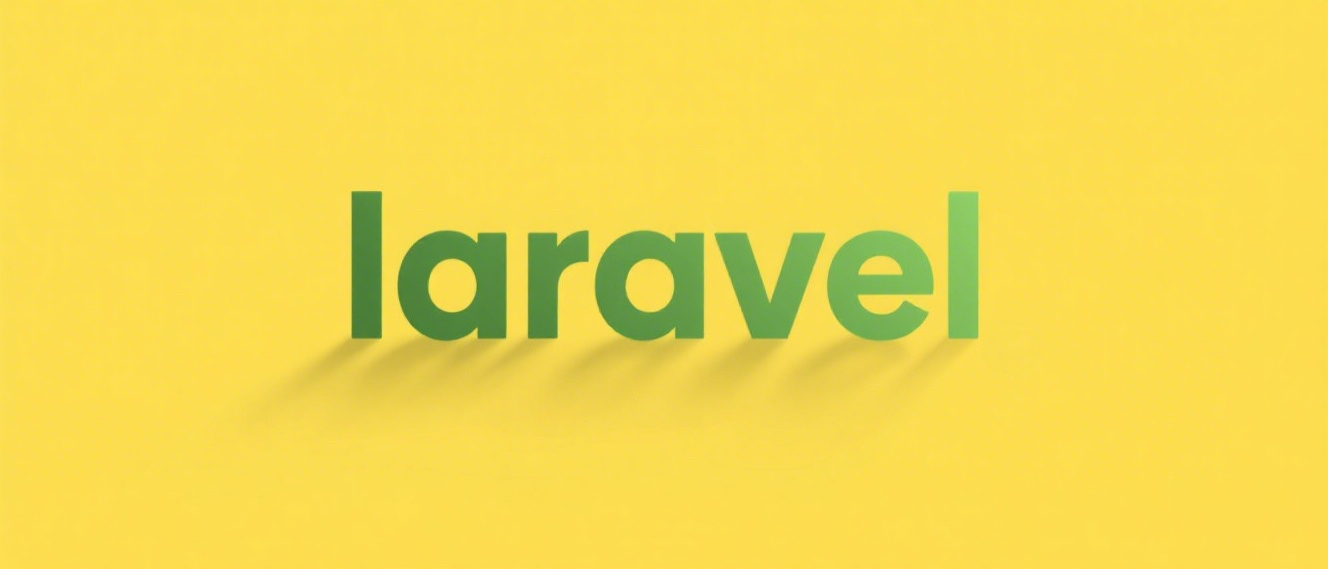Setting up Notifications via Different Channels in Laravel?
Jul 07, 2025 am 01:59 AMThe core of setting up multi-channel notifications in Laravel is to use the built-in Notifications system and combine it with different channels. 1. Use php artisan make:notification to create a notification class, and specify channels such as mail and database through via() method, and then implement toMail(), toDatabase() and other methods to define content; 2. Configure the parameters of each channel, if the mail needs to be configured in .env, the database needs to run migration commands, Slack needs to provide a Webhook URL, and SMS can use a third-party package; 3. Users can dynamically control reception preferences through routeNotificationForXxx() method or logic in the model; 4. Trigger notifications through $user->notify() single send, Notification::send() batch send, or asynchronous queue sending of the ShouldQueue interface.

Setting up multi-channel notifications in Laravel is the core of using the built-in Notifications system to cooperate with different "channels" to realize notification push in SMS, email, database records and even Slack. This not only has a clear structure, but also can flexibly adapt to business scenarios.

1. Use the built-in notification system
Laravel provides notifications out of the box, you can create a notification class through php artisan make:notification . This class supports multiple notification channels by default, such as email, SMS, database, etc.

To use these channels, just define the via() method in your notification class and return the channel name you want to use, for example:
public function via($notifiable)
{
return ['mail', 'database'];
} Then you can implement toMail() , toDatabase() and other methods to define the specific content of each channel.

2. Configure different notification channels
Laravel supports multiple notification channels, commonly used ones include:
-
mail: email notification -
database: write to the database -
broadcast: Live broadcast (combined with Pusher or Laravel Echo) -
slack: Send to Slack - Custom channels (such as SMS services)
Common configuration items description:
- Mail : Make sure that MAIL_* related parameters are correctly configured in
.env - Database : You need to run
php artisan notifications:tableto create table - Slack : You need to provide a Webhook URL, and use
toSlack()to define the message content in the notification class. - SMS : You can use third-party packages (such as Laravel Notifynder or Nexmo)
3. Specify user notification preferences
Sometimes, users may wish to receive only certain types of channel notifications. At this time, you can add logical judgments to the user model or other notified objects.
For example:
public function routeNotificationForMail()
{
return $this->email;
}
public function routeNotificationForNexmo()
{
return $this->phone_number;
}If you are using a custom SMS service, you can also dynamically decide whether to enable a certain channel based on the user's settings field:
public function via($notifiable)
{
$channels = ['database'];
if ($notifiable->wants_email_notifications) {
$channels[] = 'mail';
}
return $channels;
}This allows you to flexibly control notification methods according to the preferences of different users.
4. Several ways to send notifications
You can choose the following ways to trigger notifications:
Directly call
notify()method:$user->notify(new InvoicePaid($invoice));
Use
Notification::send()to send in batches:Notification::send($users, new ServerDown());
Asynchronously sent through queues (recommended): As long as you use the
ShouldQueueinterface in the notification class, you can automatically queue and process it to avoid blocking requests.
Basically that's it. By mastering via() and various toXxx() methods, and coordinating with user preferences and channel configuration, you can easily implement the notification system in Laravel.
The above is the detailed content of Setting up Notifications via Different Channels in Laravel?. For more information, please follow other related articles on the PHP Chinese website!

Hot AI Tools

Undress AI Tool
Undress images for free

Undresser.AI Undress
AI-powered app for creating realistic nude photos

AI Clothes Remover
Online AI tool for removing clothes from photos.

Clothoff.io
AI clothes remover

Video Face Swap
Swap faces in any video effortlessly with our completely free AI face swap tool!

Hot Article

Hot Tools

Notepad++7.3.1
Easy-to-use and free code editor

SublimeText3 Chinese version
Chinese version, very easy to use

Zend Studio 13.0.1
Powerful PHP integrated development environment

Dreamweaver CS6
Visual web development tools

SublimeText3 Mac version
God-level code editing software (SublimeText3)

Hot Topics
 What are policies in Laravel, and how are they used?
Jun 21, 2025 am 12:21 AM
What are policies in Laravel, and how are they used?
Jun 21, 2025 am 12:21 AM
InLaravel,policiesorganizeauthorizationlogicformodelactions.1.Policiesareclasseswithmethodslikeview,create,update,anddeletethatreturntrueorfalsebasedonuserpermissions.2.Toregisterapolicy,mapthemodeltoitspolicyinthe$policiesarrayofAuthServiceProvider.
 How do I install Laravel on my operating system (Windows, macOS, Linux)?
Jun 19, 2025 am 12:31 AM
How do I install Laravel on my operating system (Windows, macOS, Linux)?
Jun 19, 2025 am 12:31 AM
Yes,youcaninstallLaravelonanyoperatingsystembyfollowingthesesteps:1.InstallPHPandrequiredextensionslikembstring,openssl,andxmlusingtoolslikeXAMPPonWindows,HomebrewonmacOS,oraptonLinux;2.InstallComposer,usinganinstalleronWindowsorterminalcommandsonmac
 What are controllers in Laravel, and what is their purpose?
Jun 20, 2025 am 12:31 AM
What are controllers in Laravel, and what is their purpose?
Jun 20, 2025 am 12:31 AM
The main role of the controller in Laravel is to process HTTP requests and return responses to keep the code neat and maintainable. By concentrating the relevant request logic into a class, the controller makes the routing file simpler, such as putting user profile display, editing and deletion operations in different methods of UserController. The creation of a controller can be implemented through the Artisan command phpartisanmake:controllerUserController, while the resource controller is generated using the --resource option, covering methods for standard CRUD operations. Then you need to bind the controller in the route, such as Route::get('/user/{id
 How do I customize the authentication views and logic in Laravel?
Jun 22, 2025 am 01:01 AM
How do I customize the authentication views and logic in Laravel?
Jun 22, 2025 am 01:01 AM
Laravel allows custom authentication views and logic by overriding the default stub and controller. 1. To customize the authentication view, use the command phpartisanvendor:publish-tag=laravel-auth to copy the default Blade template to the resources/views/auth directory and modify it, such as adding the "Terms of Service" check box. 2. To modify the authentication logic, you need to adjust the methods in RegisterController, LoginController and ResetPasswordController, such as updating the validator() method to verify the added field, or rewriting r
 How do I use Laravel's validation system to validate form data?
Jun 22, 2025 pm 04:09 PM
How do I use Laravel's validation system to validate form data?
Jun 22, 2025 pm 04:09 PM
Laravelprovidesrobusttoolsforvalidatingformdata.1.Basicvalidationcanbedoneusingthevalidate()methodincontrollers,ensuringfieldsmeetcriterialikerequired,maxlength,oruniquevalues.2.Forcomplexscenarios,formrequestsencapsulatevalidationlogicintodedicatedc
 How do I escape HTML output in a Blade template using {{{ ... }}}? (Note: rarely used, prefer {{ ... }})
Jun 23, 2025 pm 07:29 PM
How do I escape HTML output in a Blade template using {{{ ... }}}? (Note: rarely used, prefer {{ ... }})
Jun 23, 2025 pm 07:29 PM
InLaravelBladetemplates,use{{{...}}}todisplayrawHTML.Bladeescapescontentwithin{{...}}usinghtmlspecialchars()topreventXSSattacks.However,triplebracesbypassescaping,renderingHTMLas-is.Thisshouldbeusedsparinglyandonlywithfullytrusteddata.Acceptablecases
 Selecting Specific Columns | Performance Optimization
Jun 27, 2025 pm 05:46 PM
Selecting Specific Columns | Performance Optimization
Jun 27, 2025 pm 05:46 PM
Selectingonlyneededcolumnsimprovesperformancebyreducingresourceusage.1.Fetchingallcolumnsincreasesmemory,network,andprocessingoverhead.2.Unnecessarydataretrievalpreventseffectiveindexuse,raisesdiskI/O,andslowsqueryexecution.3.Tooptimize,identifyrequi
 How do I mock dependencies in Laravel tests?
Jun 22, 2025 am 12:42 AM
How do I mock dependencies in Laravel tests?
Jun 22, 2025 am 12:42 AM
TomockdependencieseffectivelyinLaravel,usedependencyinjectionforservices,shouldReceive()forfacades,andMockeryforcomplexcases.1.Forinjectedservices,use$this->instance()toreplacetherealclasswithamock.2.ForfacadeslikeMailorCache,useshouldReceive()tod






